
Contributed by John C. Kees & Alan S. Weakley
A genus of about 145 or more species (188 or more taxa), herbs, of America (especially temperate regions). This treatment provisional, with further revision likely, especially in the O. fruticosa complex.
ID notes:The key requires flowering or fruiting material. Mature fruits can usually be found lower down on the inflorescence axis in flowering material. Frequent reference is made to different types of pubescence on plant surfaces; a hand lens is helpful. Some definitions – strigillose: covered in short, straight, stiffly incurved or appressed hairs; hirtellous: covered in short, soft, spreading hairs; glandular-puberulent: covered in tiny stalked glands (will be sticky to the touch); hirsute: covered in long, stiff hairs; villous: covered in long, flexible, sometimes shaggy hairs; pilose: covered in soft, straight, long hairs. The presence or absence of hairs with pustular (swollen, blister-like) bases is sometimes used to distinguish closely related species. Free sepal tips refer to the horn-like tips of the sepals that project at the apex of flower buds.
Ref: Dietrich & Wagner (1988); Dietrich, Wagner, & Raven (1997); Munz (1938); Munz (1965); Sorrie, LeBlond, & Weakley (2018b) In Weakley et al. (2018b); Straley (1977); Towner & Raven (1970); Wagner (2014); Wagner (2021) In Flora of North America Editorial Committee (2021); Wagner, Hoch, & Raven (2007); Wagner, Hoch, & Zarucchi (2015); Wagner, Krakos, & Hoch (2013). Show full citations.
Hover over a shape, letter, icon, or arrow on the map for definition or see the legend. Data for arrows not developed for genera and families which may have species only occurring outside the flora area.
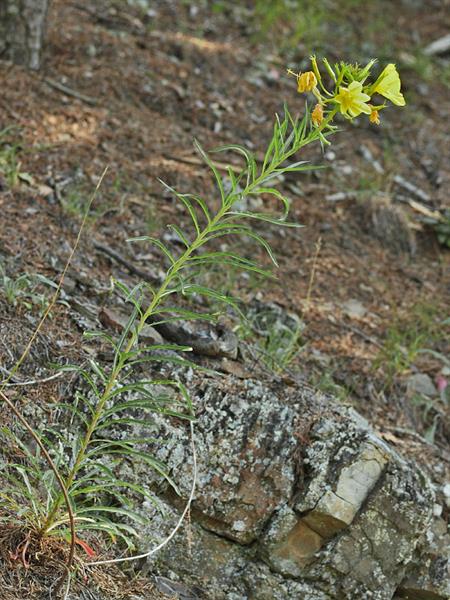 © Gary P. Fleming | Oenothera argillicola | Original Image ⭷
© Gary P. Fleming | Oenothera argillicola | Original Image ⭷ © Richard & Teresa Ware | Oenothera biennis CC-BY-NC, permission granted to NCBG | Original Image ⭷
© Richard & Teresa Ware | Oenothera biennis CC-BY-NC, permission granted to NCBG | Original Image ⭷ © Annika Lindqvist, some rights reserved (CC BY), uploaded by Annika Lindqvist | Oenothera rhombipetala source | Original Image ⭷ Warning: was NOT research grade.
© Annika Lindqvist, some rights reserved (CC BY), uploaded by Annika Lindqvist | Oenothera rhombipetala source | Original Image ⭷ Warning: was NOT research grade. © Alan Cressler: Oenothera macrocarpa subsp. macrocarpa, fruit, Cedar Glades, Flat Rock Cedar Glades and Barrens State Natural Area, Rutherford County, Tennessee 1 by Alan Cressler | Oenothera macrocarpa ssp. macrocarpa source | Original Image ⭷
© Alan Cressler: Oenothera macrocarpa subsp. macrocarpa, fruit, Cedar Glades, Flat Rock Cedar Glades and Barrens State Natural Area, Rutherford County, Tennessee 1 by Alan Cressler | Oenothera macrocarpa ssp. macrocarpa source | Original Image ⭷ © Alan Cressler: Oenothera linifolia, Cedar Mountain, Douglas County, Georgia 3 by Alan Cressler | Oenothera linifolia source | Original Image ⭷
© Alan Cressler: Oenothera linifolia, Cedar Mountain, Douglas County, Georgia 3 by Alan Cressler | Oenothera linifolia source | Original Image ⭷ © Alan Weakley | Oenothera filiformis source | Original Image ⭷
© Alan Weakley | Oenothera filiformis source | Original Image ⭷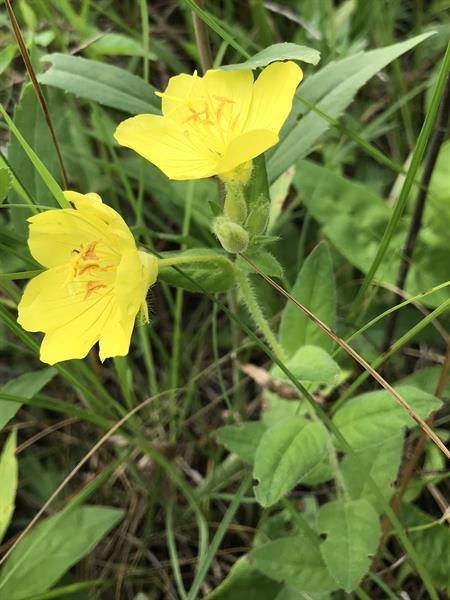 © Paul Marcum | Oenothera pilosella source | Original Image ⭷
© Paul Marcum | Oenothera pilosella source | Original Image ⭷ © Richard & Teresa Ware | Oenothera filipes CC-BY-NC, permission granted to NCBG | Original Image ⭷
© Richard & Teresa Ware | Oenothera filipes CC-BY-NC, permission granted to NCBG | Original Image ⭷ © Aidan Campos | Oenothera grandis source | Original Image ⭷
© Aidan Campos | Oenothera grandis source | Original Image ⭷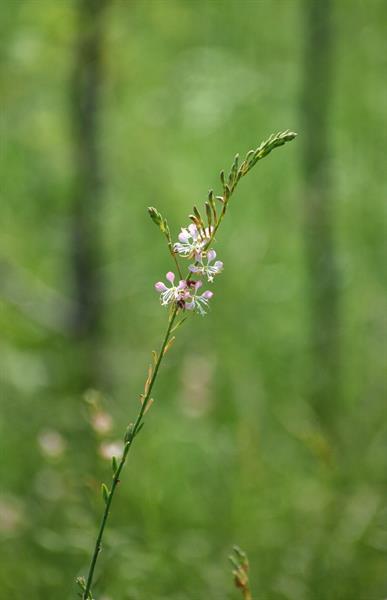 © Aidan Campos | Oenothera sinuosa source | Original Image ⭷
© Aidan Campos | Oenothera sinuosa source | Original Image ⭷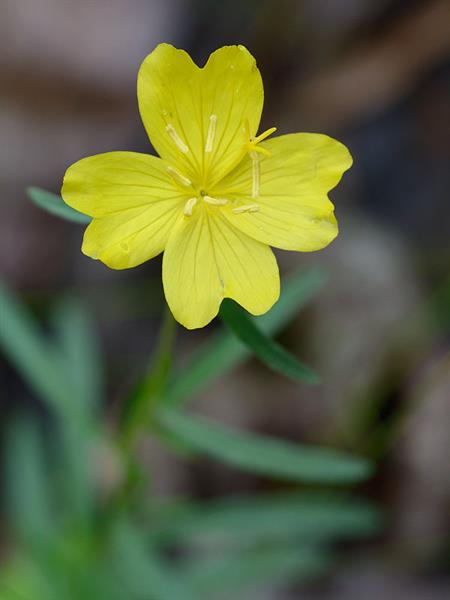 © Gary P. Fleming | Oenothera perennis | Original Image ⭷
© Gary P. Fleming | Oenothera perennis | Original Image ⭷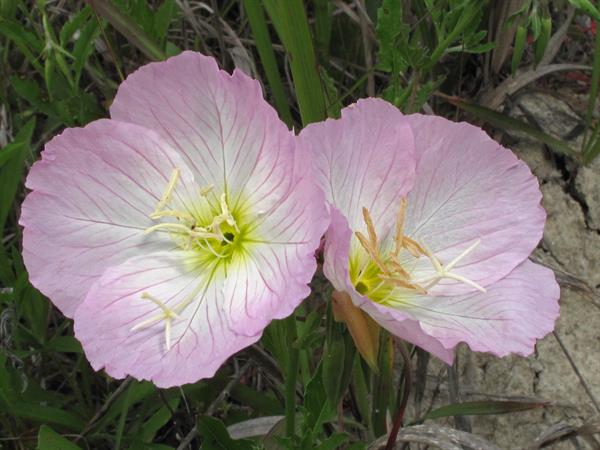 © Alan Cressler: Oenothera speciosa, Oaky Woods Wildlife Management Area, Houston County, Georgia 1 by Alan Cressler | Oenothera speciosa source | Original Image ⭷
© Alan Cressler: Oenothera speciosa, Oaky Woods Wildlife Management Area, Houston County, Georgia 1 by Alan Cressler | Oenothera speciosa source | Original Image ⭷ © Nathan May, some rights reserved (CC BY), uploaded by Nathan May | Oenothera serrulata source | Original Image ⭷ Warning: was NOT research grade.
© Nathan May, some rights reserved (CC BY), uploaded by Nathan May | Oenothera serrulata source | Original Image ⭷ Warning: was NOT research grade.Feedback
See something wrong or missing on about Oenothera? Let us know here: (Please include your name and email if at all complicated so we can clarify if needed.)
Cite as...